Those interested in music production or users who just appreciate high-fidelity audio would be familiar with studio monitors and their advantages. Studio monitors are essentially speakers with cleaner and more natural sound output, without a heavy emphasis on any one frequency. This results in more accurate audio when listening to music or listening back to your own recorded tracks. Furthermore, studio monitors are designed to be used in close proximity, unlike speakers that fill whatever space you are in with music.
Because of how accurately studio monitors reproduce sound, they are an essential part of a music production setup. However, there are a few drawbacks as well, such as they work best in small studio environments and they do not have as many amplification options as the standard speakers or powered speakers. So, if your use case involves accurate reproduction of sound, studio monitors are the way to go, but, if you just want to enjoy loud music without being picky about how accurate it sounds, speakers will serve you better.
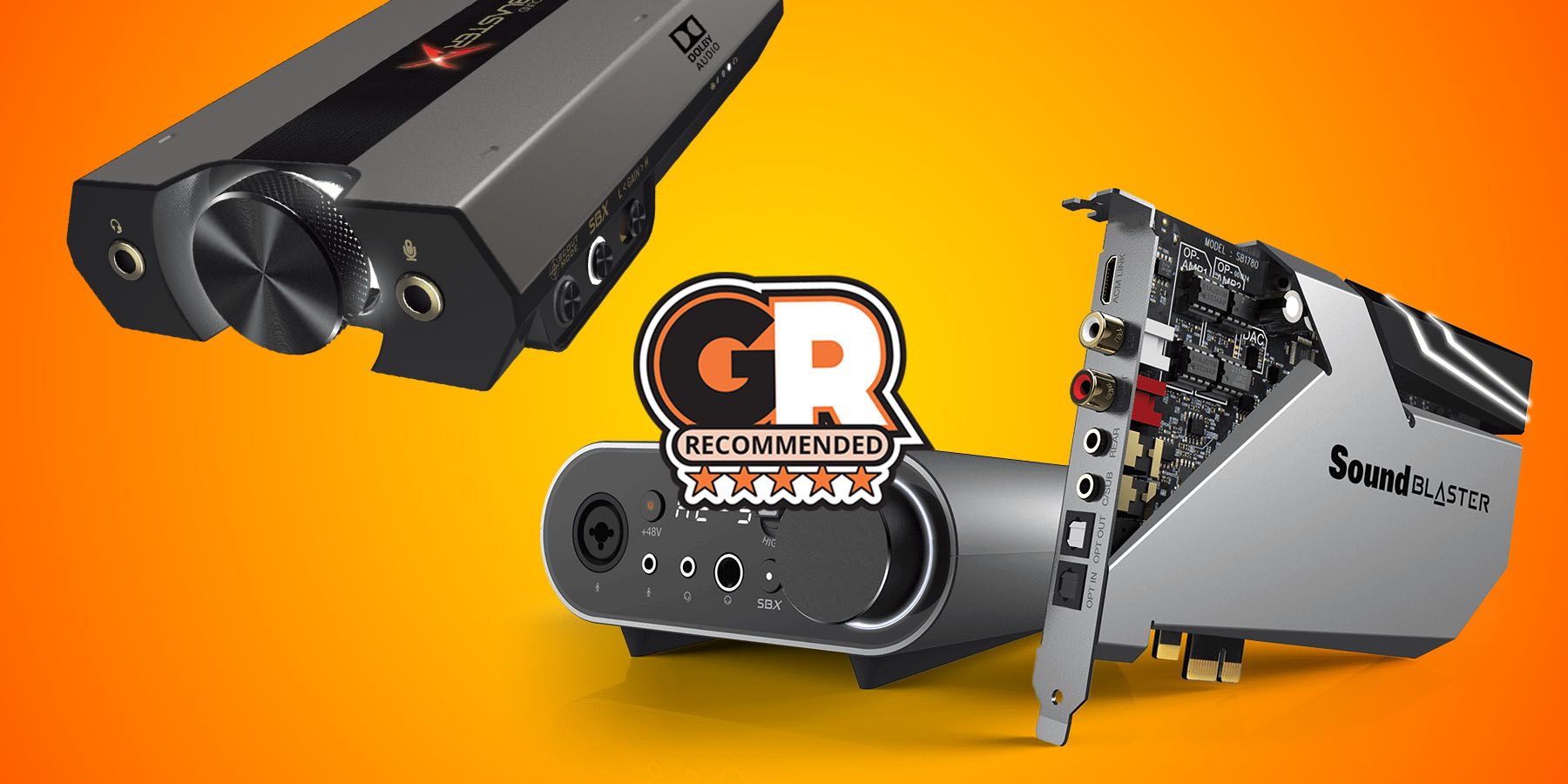
Related
Best Sound Card for PC Gaming in 2024
To maximize audio for gaming, the right sound card for PCs are a must have. These are the best ones available right now.
With that said, there are quite a few studio monitors on the market, and it can be hard to find the right one for your individual use case. Fortunately, Game Rant has put together a list of the best studio monitors in 2025.
1
Genelec 8351B
The Genelec 8351B is hands down the monitoring equivalent of a surgical microscope, delivering absurd levels of detail in a package that screams “I spent more on speakers than my car.” The die-cast aluminum enclosure houses Genelec’s mind-bending coaxial design that somehow crams two concealed 8.625″ woofers around a 5″ midrange and 1″ tweeter. The result? Point-source accuracy that makes other high-end monitors sound like they’re playing through a pillow.
The tri-amp design delivers serious firepower with 550W total (250W bass, 150W midrange, 150W treble) of Class D amplification driving an astonishing 113dB maximum SPL. The frequency response reaches down to a subwoofer-challenging 32Hz while extending up to 43kHz, all while maintaining ±1.5dB accuracy throughout the critical listening range.
The GLM software provides precision-calibrated adaptation with multiple parametric filters and delay compensation that turns acoustically problematic spaces into reference environments. The Directivity Control Waveguide spanning the entire front baffle minimizes reflections, while the Intelligent Signal Sensing technology conserves power without compromising readiness. They are insanely premium-priced, but for facilities requiring absolute translation confidence, they’re indispensable.
2
Yamaha HS7
The Yamaha HS7 brings that legendary “truth hurts” monitoring philosophy into the modern era with a decidedly un-flashy approach that mixing engineers absolutely love. These 8.2kg workhorses pack a 6.5-inch cone woofer that delivers just enough low-end (down to 43Hz) to make informed bass decisions without the exaggerated thump that leads to weak mixes. The 1-inch dome tweeter extends to a dog-whistle 30kHz while maintaining that characteristically revealing Yamaha midrange where mix problems have nowhere to hide.
The bi-amp design throws 60W at the lows and 35W at the highs, plenty of juice to hit mixing levels without breaking a sweat. What’s clever here is the ROOM CONTROL switch that actually does something useful, cutting those boundary-boosted bass frequencies when you’re forced to place them near walls in tight studios. Same goes for the HIGH TRIM control that tames brittle highs in reflective spaces without muddying the essential detail.
Yamaha’s obsession with cabinet construction pays dividends in the three-way mitered-joint MDF enclosure that stays dead silent even when pushing volume, while their redesigned port slashes air noise by 6dB compared to previous models. Available in clinical white or stealth black, these monitors have become studio standards not because they’re the fanciest option, but because they consistently deliver translation that holds up everywhere, from earbuds to club systems.
3
JBL 305P MkII
The JBL 305P MkII packs serious engineering muscle into a deceptively compact frame that weighs just 4.73kg. What makes these monitors special is the trickle-down technology from JBL’s flagship M2 Master Reference. The Image Control Waveguide delivers tangible benefits with a dramatically expanded sweet spot and imaging precision typically reserved for monitors three times the price.
The 5-inch woofer digs down to a respectable 43Hz while the 1-inch soft dome tweeter handles the highs with remarkable smoothness up to 24kHz. JBL’s clever Slip Stream port design minimizes the chuffing that plagues lesser-ported monitors, allowing clean bass reproduction even when pushing volumes toward their impressive 108dB maximum SPL. The bi-amplified design provides 41W to each driver. Modest on paper but punching damn well above its weight class in real-world scenarios.
Thoughtful Room Adaptation Controls make these monitors surprisingly versatile, with the 3-position HF Trim switch taming harsh rooms while the Boundary EQ tackles the bass buildup that typically ruins monitoring accuracy when placed near walls. With both XLR and TRS balanced inputs and switchable sensitivity, these monitors integrate seamlessly into any setup. Having survived JBL’s brutal 100-hour maximum volume torture test before leaving the factory, these affordable workhorses deliver professional results that belie their budget-friendly price tag.
4
Adam Audio A4V
The A4V proves Adam Audio hasn’t forgotten what matters in a studio monitor. At just 268mm tall and weighing 5.8kg, these nearfields deliver surprising accuracy in tight spaces where every centimeter counts. The X-ART tweeter remains Adam’s crown jewel. This folded ribbon design handles transients with remarkable speed while extending to 41kHz without the artificial shimmer that plagues lesser monitors.
The 4-inch MLM woofer might seem modest, but its mineral-layered cone provides the stiffness needed for articulate midrange reproduction. The crossover at 3kHz is intelligently placed to maintain phase coherence across the critical vocal range. With 90W RMS to the woofer and 15W to the tweeter, these monitors hit 109dB SPL. Which means we have plenty of headroom for dynamic material without compression artifacts.
What separates the A4V from budget alternatives is its sophisticated DSP implementation. With the four-band room adaptation, each band targets specific acoustic issues: boundary reinforcement, console reflections, presence dips, and high-frequency balance. The UNR voicing offers a flatter response for tracking, while Pure mode provides the revealing character needed for mix decisions. Connect via XLR or RCA inputs, dial in precise settings via Ethernet and the A Control software, and these compact monitors will outperform options twice their size and price.
5
KRK Rokit 7 G4
The KRK Rokit 7 G4 stands as the club music producer’s secret weapon, delivering that signature yellow-coned punch that’s become ubiquitous in electronic music studios worldwide. These 7.6kg monitors strike the perfect balance between analytical precision and the bass response needed to craft tracks that translate to massive systems.
The matching Kevlar construction in both the 6.5″ woofer and 1″ tweeter creates remarkable sonic consistency across frequencies, while the front-firing port design allows placement flexibility that rear-ported monitors can’t match. With 145 watts of Class D amplification (97W woofer/48W tweeter) driving them to a substantial 110dB SPL, these monitors never run out of headroom even when pushing bass-heavy material.
The star of the show is the onboard DSP-driven EQ with visual LCD confirmation, which comes with 25 settings that solve real-world acoustic problems. The included Iso-foam pads might seem like a minor detail, but they dramatically improve clarity by eliminating desk reflections that muddy the critical 200-500Hz range. For bass music creators seeking monitors that reveal mix issues while still delivering the visceral impact that drives their genre, these G4s hit the sweet spot of performance and value.
The IK Multimedia iLoud MTM is a David-among-Goliaths marvel that’s revolutionizing what we expect from micro-footprint monitors. At just 2.5kg and standing 264mm tall, these diminutive powerhouses employ a sophisticated D’Appolito design that crams two 3.5″ woofers and a 1″ silk dome tweeter into an enclosure smaller than most bookshelf speakers.
Despite their small size, these monitors deliver a shocking 40Hz low-end extension that rivals 8″ monitors twice their size. The MTM configuration creates controlled vertical dispersion that dramatically reduces desktop reflections while maintaining wide horizontal imaging that keeps the sweet spot generous. With 100W of Class-D amplification driving them to an impressive 103dB SPL, these monitors never sound strained even when pushed hard.
Where the iLoud MTM truly shines is its brain-to-brawn ratio. The onboard DSP handles IK’s Physical Response Linearization system that flattens frequency irregularities, while the included measurement mic and ARC room calibration system transforms acoustically problematic spaces with laboratory precision. The newer MKII version doubles the processing power while adding X-MONITOR software that lets you virtually audition your mixes through classic monitor emulations. With their adjustable tilt stand and multiple mounting options, these technical heavyweights in miniature form deliver translation confidence typically reserved for monitors triple their size and price.
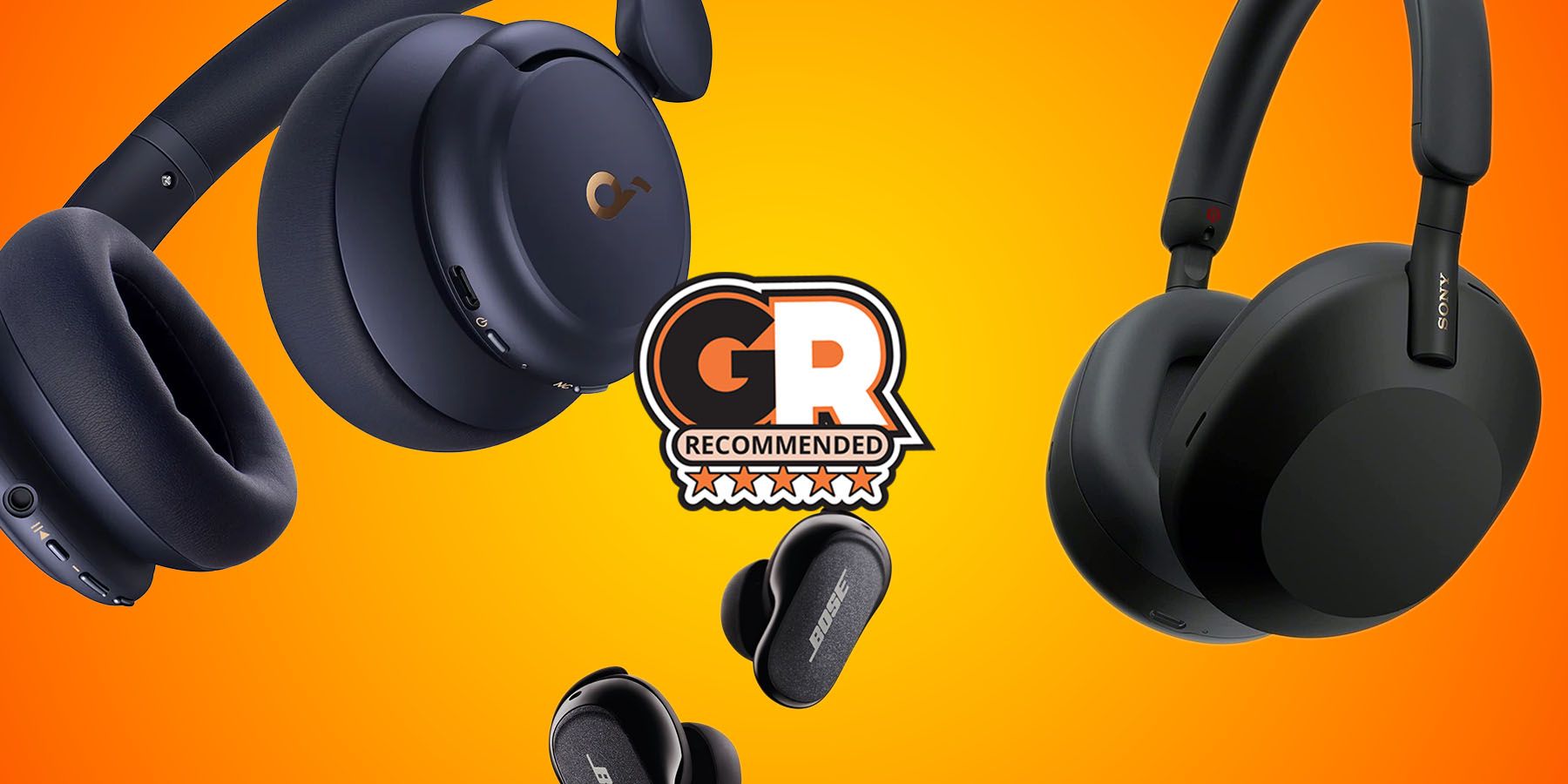
More
The Best Noise Canceling Headphones In 2024
Noise Canceling is an important feature for high-end headphones of late. Here are some of Game Rant’s best picks available to buy right now.
FAQ
Q: What’s the difference between “near-field” and “mid-field” monitors?
Near-fields are designed to be positioned about three to four feet from your face, creating a tight triangle between your head and the speakers. They’re perfect for small rooms where acoustics are more unpredictable than a cat on espresso. Mid-fields are bigger, louder, and meant to be placed farther away, which is ideal for larger control rooms. But if you’re working with a smaller space, it’s best that you stick with near-fields.
Q: What is the 38 rule for studio monitors?
The 38% rule has to do with the positioning of the studio monitors. This means you should be seated 38% from the wall in front of you inside a rectangular room as this minimizes standing waves.
Q: Should I go for active or passive monitors?
Active monitors (with built-in amplification) eliminate the existential crisis of amp-speaker matching and typically include crossovers designed specifically for those drivers. Passive monitors require separate amplification, adding complexity, expense, and another piece of gear to obsess over on forums at 2 AM. For most modern studios, active monitors are the obvious choice and will be more than fine for getting the job done.

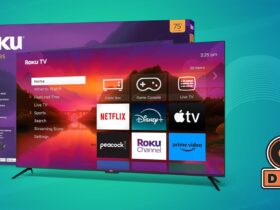


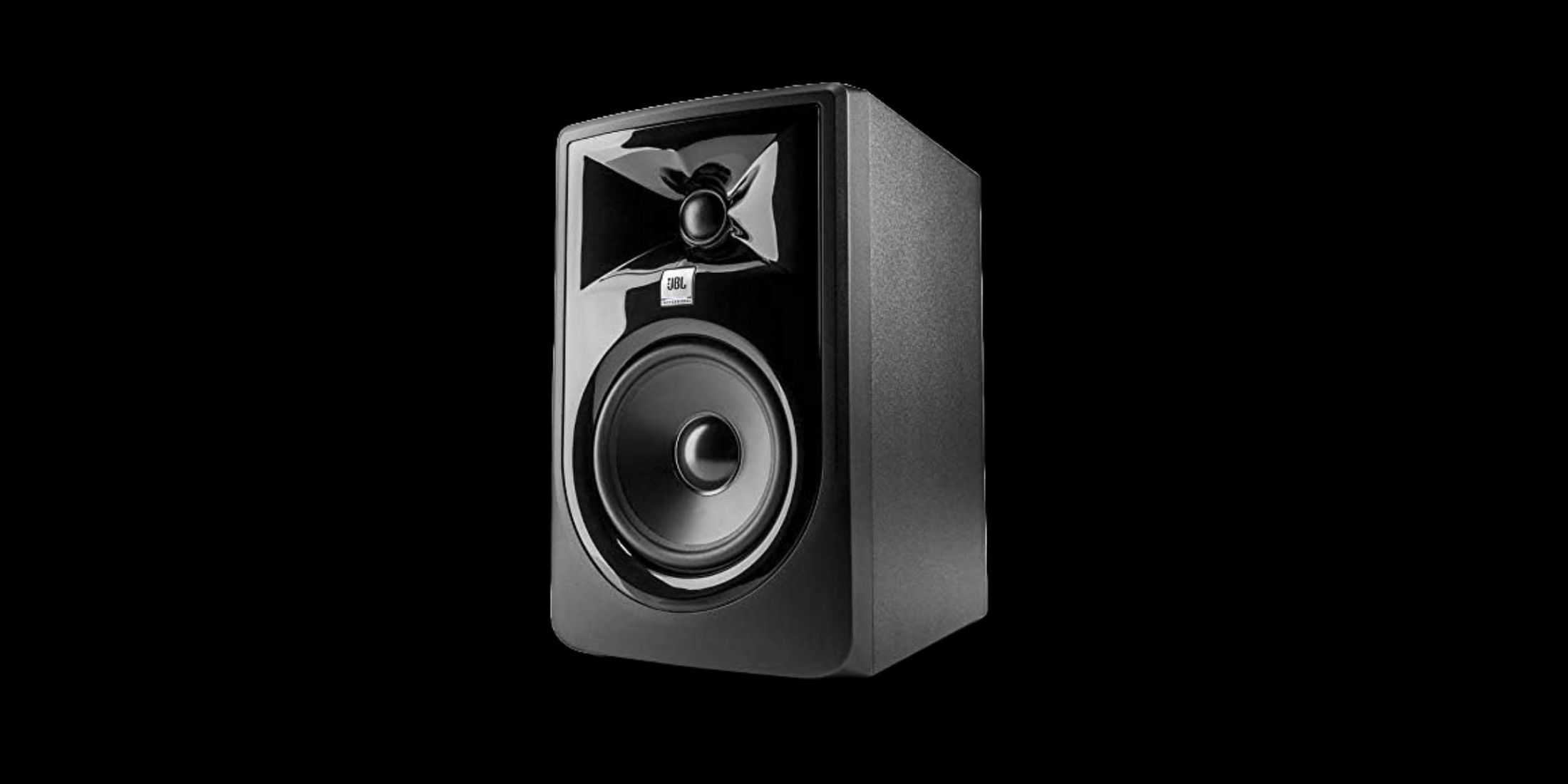
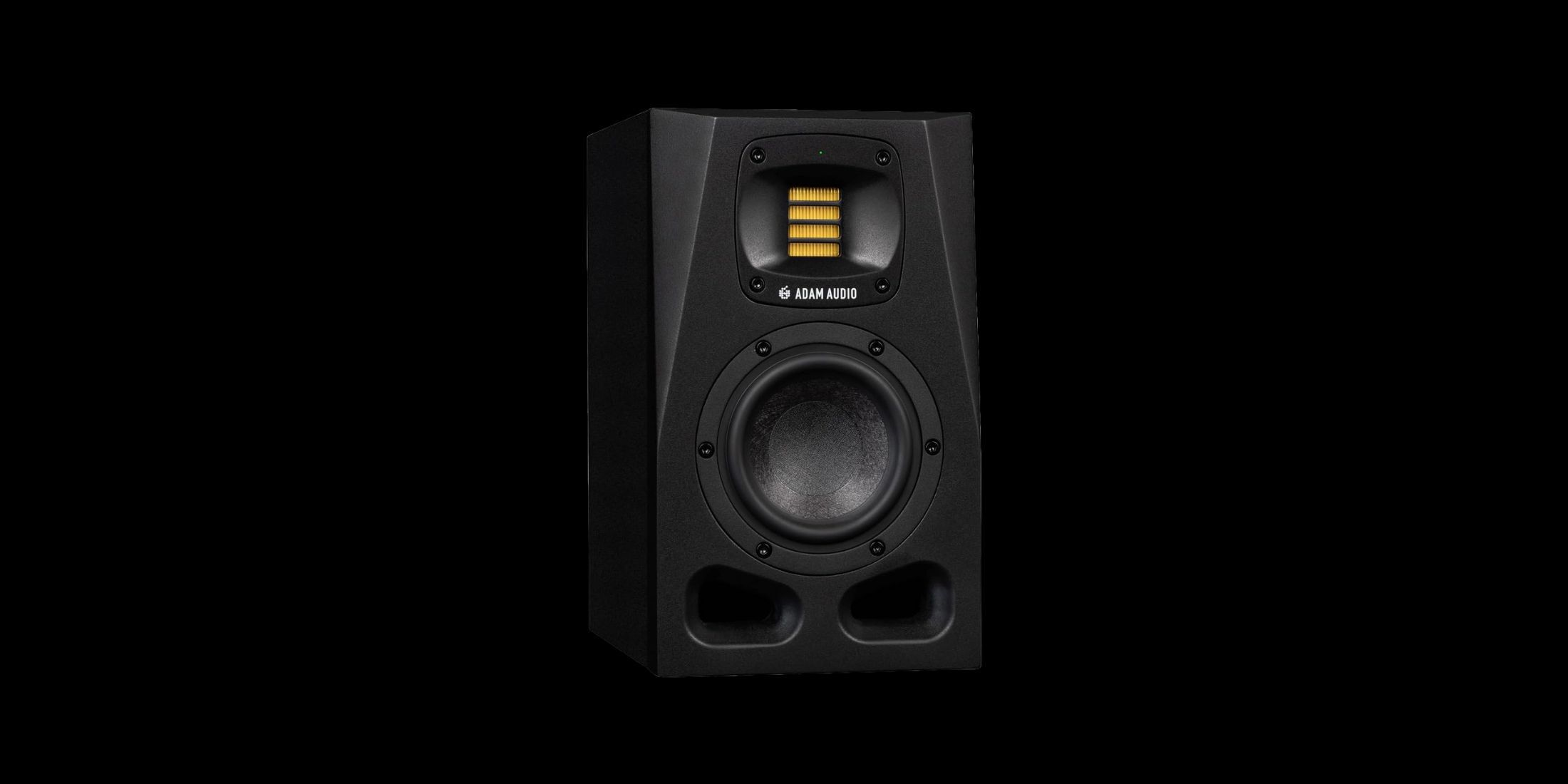

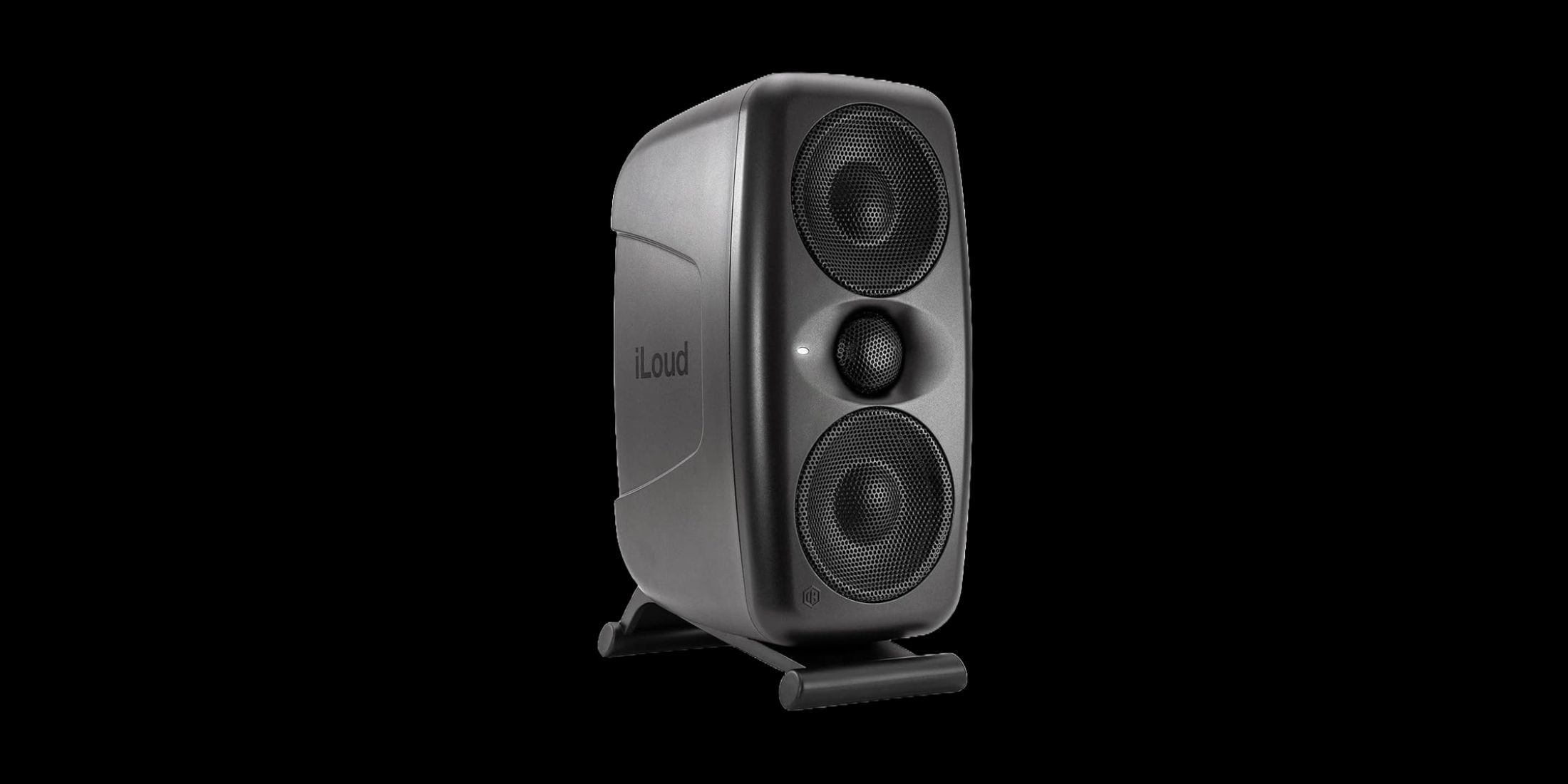



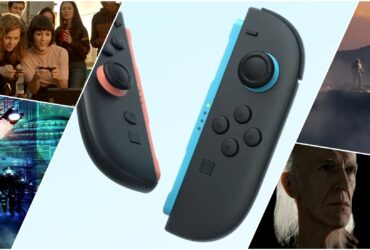



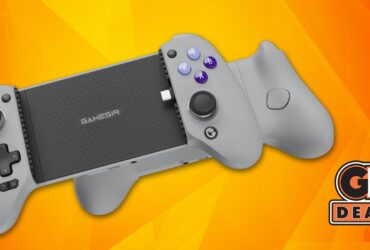
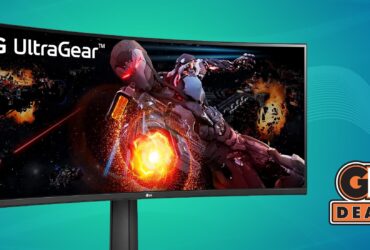
Leave a Reply